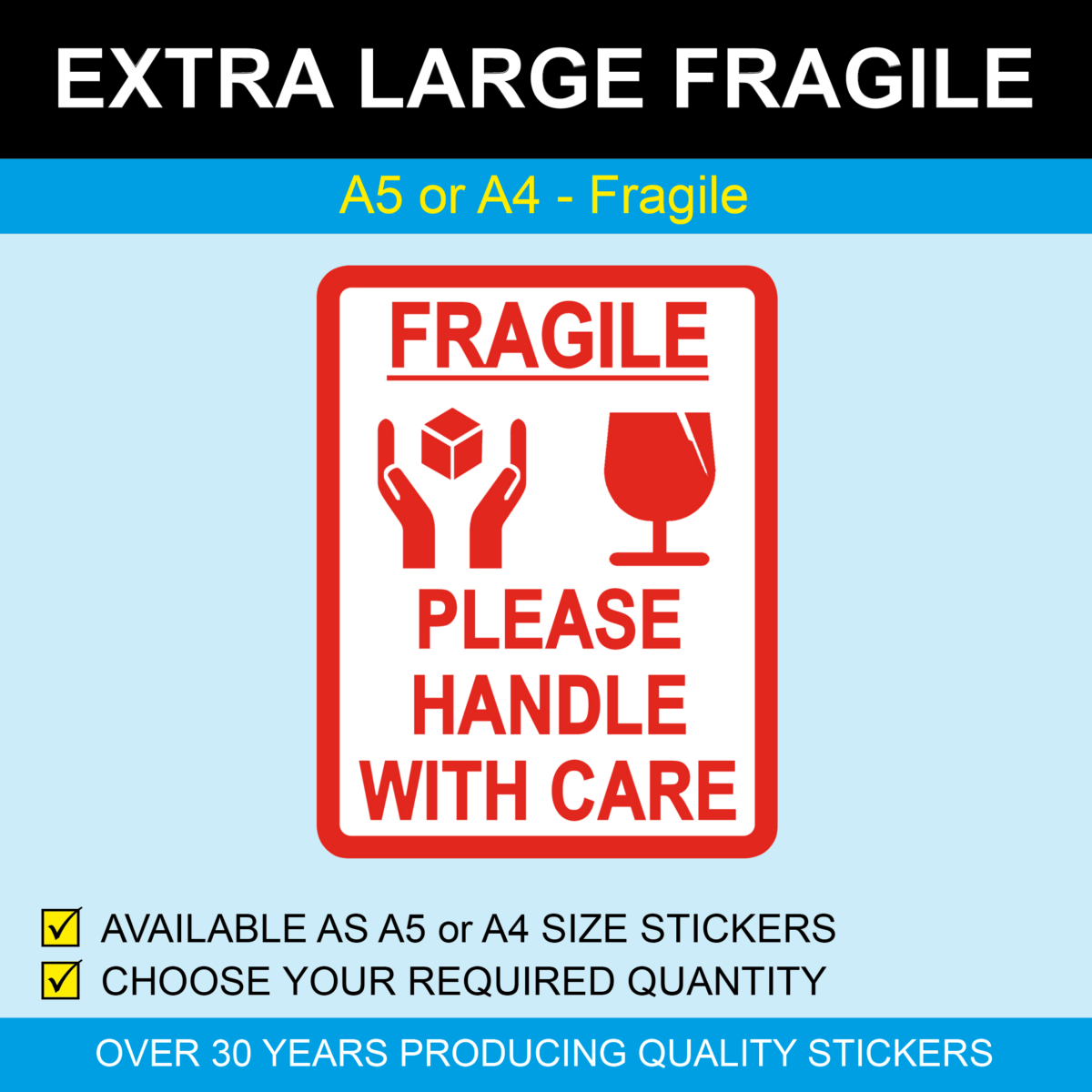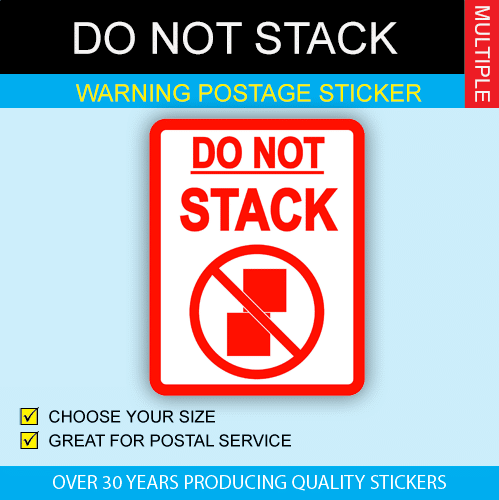What Is An Example Of Fragile Goods?
In the realm of logistics and commerce, the term “fragile goods” frequently emerges, signifying items that are prone to damage when mishandled or exposed to certain environmental conditions. But for those unfamiliar with the intricacies of product handling and shipping, what exactly are fragile goods? Dive deep with us as we comprehensively unpack the world of fragile items, explaining in detail the varied categories and why each one requires such specialised attention during transit.
Artefacts of Artistry: Glassware and Ceramics
When we speak of items made of glass or ceramic, we’re addressing one of the most classic examples of fragile goods. Think of the intricate details of a hand-blown glass ornament or the delicate craftsmanship of a ceramic plate from a bygone era. These items, due to their brittle and often thin construction, are incredibly susceptible to breakage. A single misstep in handling can result in a crack or even complete shattering. This is not just about the potential financial loss, but also the heartbreak of losing a piece of art, a memory, or a historical relic that the item might represent.
Tech Titans: Electronics and Devices
In today’s tech-driven world, electronic items, though sturdy in appearance, house delicate circuits and screens that can easily malfunction or break. Consider a state-of-the-art laptop or a cutting-edge digital camera; on the outside, they might seem robust, but a jolt or drop can disrupt their intricate internal components, causing malfunctions or data loss. Furthermore, while the external shell might appear unscathed, internal damage can render these devices useless. This dual nature – the robust exterior and delicate interior – makes electronics a critical category in the world of fragile goods.
Historical Heirlooms: Antiques and Collectibles
Diving into the realm of antiques, we uncover treasures of the past, each holding a unique story. These items, ranging from old-world furniture to precious manuscripts, carry with them a tapestry of historical events, personal tales, and ancient craftsmanship. Their age often renders them more susceptible to damage. But the essence of their fragility goes beyond just their physical vulnerability. Ruining an antique doesn’t just signify material loss but also signifies erasing a chapter of history or a cherished memory that’s potentially irreplaceable.
Musical Masterpieces: Instruments
Musical instruments, with their delicate build and intricate design, hold a special place in the world of fragile goods. Picture an old guitar crafted from rare wood, or a flute with its slender structure. These are not just tools of music but are embodiments of artistry and tradition. Damaging them can impact their acoustics, robbing them of their musical integrity. Larger instruments, like grand pianos or orchestral harps, though robust, contain a myriad of delicate components, each calibrated for perfect harmony. Mishandling can disturb this calibration, affecting the instrument’s sound and performance.
Nature’s Delicacy: Plants and Flowers
At first glance, plants and flowers might seem resilient. But when it comes to transporting them, they showcase their delicate side. Each species, from a rare orchid to a desert cactus, has specific needs in terms of light, temperature, and moisture. During transit, ensuring these needs are met is paramount. A sudden temperature drop or inadequate hydration can lead to wilting or even plant death. Ensuring the well-being of these living entities is a challenge that requires knowledge and care.
Handling with Care: Packaging Fragile Goods
Understanding fragile goods is essential, but it’s equally crucial to know how to handle them. Packaging plays a starring role in this narrative. For instance, glass items might find safety nestled among layers of bubble wrap, while antiques might need the security of custom-made wooden crates. Electronics benefit from padded boxes and anti-static wraps, protecting them from both physical shocks and electrical anomalies. But packaging is just one facet; educating those who handle these packages, from warehouse workers to delivery personnel, becomes equally important. The “Fragile” sticker isn’t merely an adornment; it’s a directive, emphasising the package’s need for gentle handling.
The Bigger Picture: Understanding Fragility in Commerce
In the expansive canvas of global commerce, the category of fragile goods holds significant importance. Recognising the fragility of products isn’t merely about averting financial losses; it’s about cherishing and preserving what’s inside. Every broken antique or malfunctioned device narrates a story – sometimes of neglect, sometimes of ignorance, but always a reminder of the need for awareness and care. The world of fragile goods beckons respect, understanding, and a touch of empathy from both businesses and consumers, ensuring the preservation and safe transit of items that hold more than just material value.
To truly understand the breadth and depth of fragile goods, one must embrace the idea that it’s not solely about the physical structure. It’s about the emotions, history, and value intertwined with these items. As we move, sell, and purchase, this understanding becomes a lighthouse, guiding us to treat these goods with the reverence and care they truly deserve.
Use Fragile Stickers
In the intricate dance of logistics and shipping, communication is pivotal. Amidst the myriad of parcels in transit, each with its own contents and handling requirements, how does one ensure that the delicate items are treated with the care they warrant? Enter the unsung hero of the packaging world: the fragile sticker.
This seemingly simple label, often marked with the word ‘Fragile’ or accompanied by a broken glass symbol, communicates volumes. To the untrained eye, it may appear as just another adhesive label, but for professionals in the logistics sector, it’s a clear directive to exercise caution. It’s a beacon that alerts handlers, indicating that the contents within are susceptible to damage if mishandled.
But why is this sticker so crucial? For starters, during the transportation process, packages often undergo a series of rigorous movements. They’re stacked, loaded, unloaded, and sometimes even tossed. Amidst this hustle, a fragile sticker differentiates delicate parcels from the more robust ones, ensuring they get the special attention they merit.
Moreover, using fragile stickers isn’t just a best practice for businesses; it’s also a sign of responsibility. It shows customers that a business is proactive about the safe delivery of its products. When a customer sees that sticker, they understand that the sender has taken precautions to safeguard the item inside. This, in turn, can boost trust and customer loyalty. If you would like to find out more about our packaging labels and fragile stickers, contact the friendly and professional team at Pricestickers today.





